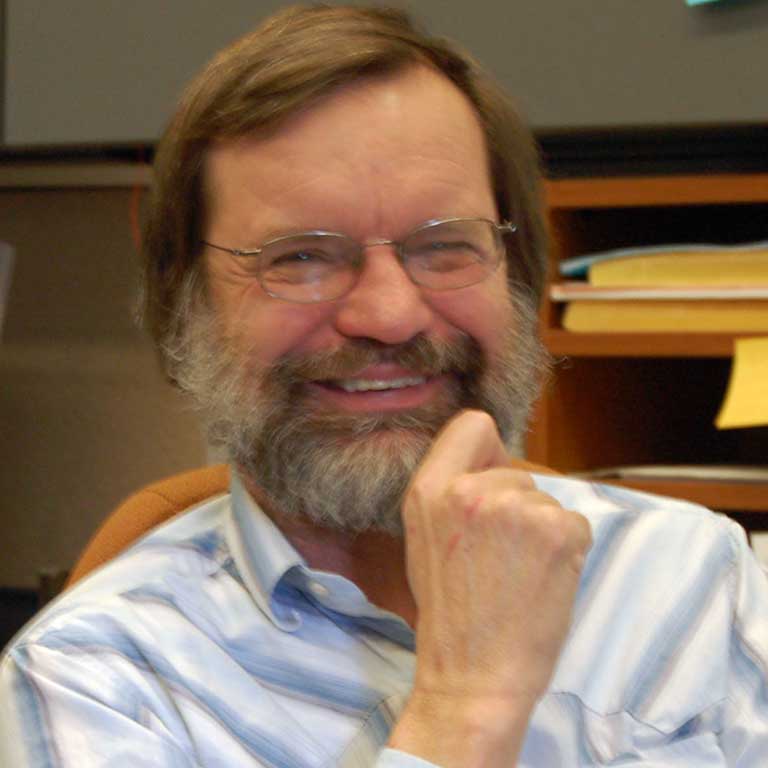- Ph.D., Geophysics, University of Washington, 1982
- B.S., Engineering Physics, South Dakota State University, 1975

Gary L. Pavlis
Professor Emeritus, Earth and Atmospheric Sciences

Professor Emeritus, Earth and Atmospheric Sciences
My area of specialization is seismology, which is a branch of geophysics. My research can be described as a mix of experimental, theoretical, and computational work directed at addressing earth science problems. I have extensive experience with deployments of modern passive seismic array instruments, having been involved in a continuous series of field projects running from the late 1980s to the present.
The current example is the OIINK project. I am, however, still actively involved in the St Elias Erosion and Tectonics Project STEEP. This large, collaborative group is currently involved in consolidation of diverse results from that project. I plan to continue work in that area as the USArray is planned to be deployed in Alaska in the next 5 years.
My computational work has been largely devoted to data processing challenges posed by modern passive seismic arrays.
My recent work has largely focused on seismic imaging. My students and I have developed a unique technology in a direct imaging method we call plane wave migration (see publications below). This method produces results similar to a 3D seismic reflection volume but using teleseismic earthquakes as sources. We are currently using this method to probe the entire upper mantle of the US using the Earthscope Transportable Array and to look at shallower structure in order to understand the origins of the Illinois Basin using data from the OIINK experiment.
I have an extensive software library. Visit the Pavlab website for documentation for my software library and some user manuals.